Enterprise Low-Code Development? Power Apps vs NocoBase In-Depth Comparison
Originally published at https://www.nocobase.com/en/blog/nocobase-vs-powerapps. Introduction When businesses begin building internal systems, Power Apps often comes to mind first for IT teams. Leveraging the Microsoft ecosystem, its powerful features and rich components have brought rapid development convenience to many. As a Microsoft-backed enterprise-grade low-code platform, it not only deeply integrates with products like Microsoft 365, SharePoint, and Teams but also boasts robust data modeling capabilities and an extensive component ecosystem. Relying on Microsoft's long-established Azure cloud services, Power Apps has enabled numerous organizations to achieve rapid development and efficient integration. However, as usage deepens, more and more teams encounter practical challenges: rising costs with increasing user numbers, limited customization, uncontrollable deployments, and gradually emerging issues like system responsiveness. Discussions like "Is Power Apps still worth choosing?" are not uncommon in developer communities such as Reddit. So, is there a way to maintain agile development while being more flexible, controllable, and even open-source? This is precisely why an increasing number of teams are turning their attention to NocoBase. NocoBase is an open-source, enterprise-grade no-code development platform that supports private deployment. It features a plugin-based architecture, powerful data modeling capabilities, and a robust permission system, striking a balance between development efficiency and system control. Compared to Power Apps, NocoBase emphasizes flexibility, autonomy, and sustainability, making it suitable for enterprises and technical teams looking to build long-term, controllable systems. Therefore, this article will systematically compare the core differences between NocoBase and Power Apps from multiple perspectives, including functionality, deployment models, extension mechanisms, and cost structures. Our goal is to help you determine which solution is better suited for your enterprise to build sustainable business systems.

Originally published at https://www.nocobase.com/en/blog/nocobase-vs-powerapps.
Introduction
When businesses begin building internal systems, Power Apps often comes to mind first for IT teams.
Leveraging the Microsoft ecosystem, its powerful features and rich components have brought rapid development convenience to many. As a Microsoft-backed enterprise-grade low-code platform, it not only deeply integrates with products like Microsoft 365, SharePoint, and Teams but also boasts robust data modeling capabilities and an extensive component ecosystem. Relying on Microsoft's long-established Azure cloud services, Power Apps has enabled numerous organizations to achieve rapid development and efficient integration.
However, as usage deepens, more and more teams encounter practical challenges: rising costs with increasing user numbers, limited customization, uncontrollable deployments, and gradually emerging issues like system responsiveness. Discussions like "Is Power Apps still worth choosing?" are not uncommon in developer communities such as Reddit.
So, is there a way to maintain agile development while being more flexible, controllable, and even open-source?
This is precisely why an increasing number of teams are turning their attention to NocoBase. NocoBase is an open-source, enterprise-grade no-code development platform that supports private deployment. It features a plugin-based architecture, powerful data modeling capabilities, and a robust permission system, striking a balance between development efficiency and system control. Compared to Power Apps, NocoBase emphasizes flexibility, autonomy, and sustainability, making it suitable for enterprises and technical teams looking to build long-term, controllable systems.
Therefore, this article will systematically compare the core differences between NocoBase and Power Apps from multiple perspectives, including functionality, deployment models, extension mechanisms, and cost structures. Our goal is to help you determine which solution is better suited for your enterprise to build sustainable business systems.

































































![How to Enable Remote Access on Windows 10 [Allow RDP]](https://bigdataanalyticsnews.com/wp-content/uploads/2025/05/remote-access-windows.jpg)



































































































![[The AI Show Episode 147]: OpenAI Abandons For-Profit Plan, AI College Cheating Epidemic, Apple Says AI Will Replace Search Engines & HubSpot’s AI-First Scorecard](https://www.marketingaiinstitute.com/hubfs/ep%20147%20cover.png)










































































































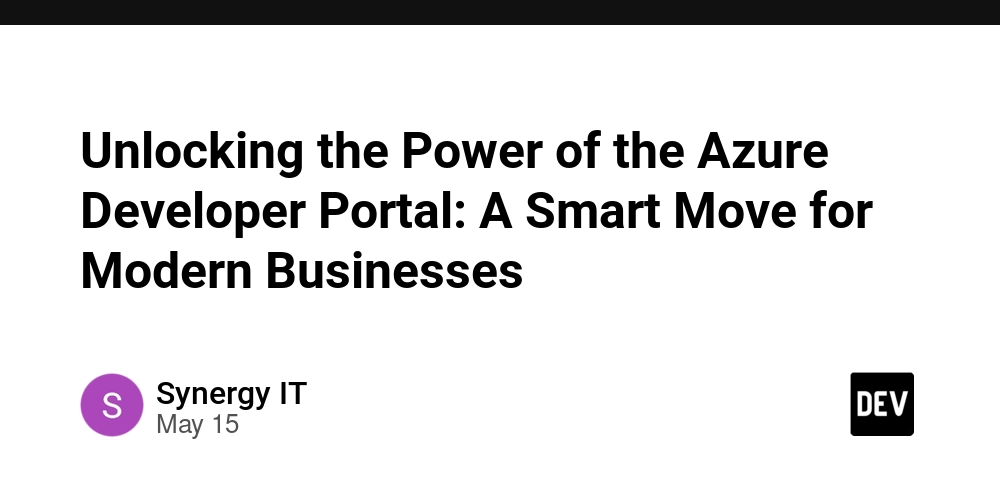

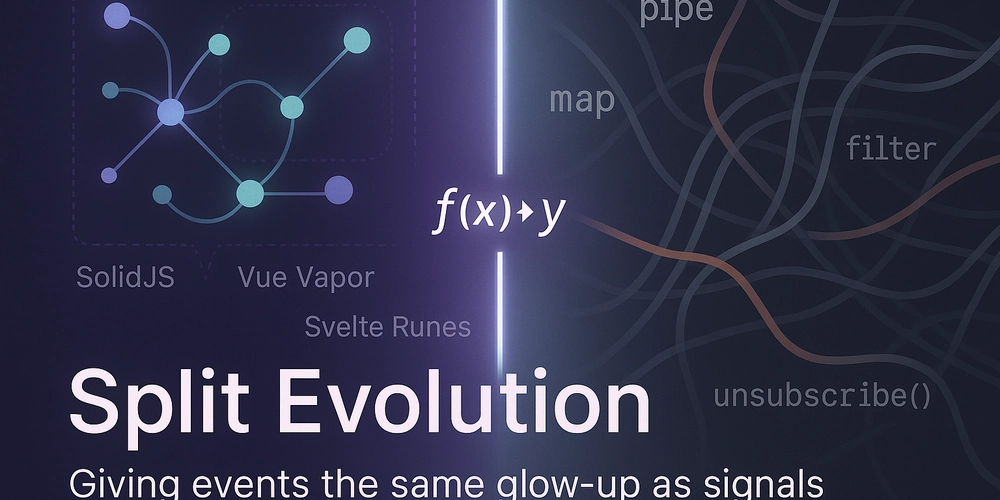

















































































![Legends Reborn tier list of best heroes for each class [May 2025]](https://media.pocketgamer.com/artwork/na-33360-1656320479/pg-magnum-quest-fi-1.jpeg?#)


































































_KristofferTripplaar_Alamy_.jpg?width=1280&auto=webp&quality=80&disable=upscale#)




















































































-xl.jpg)



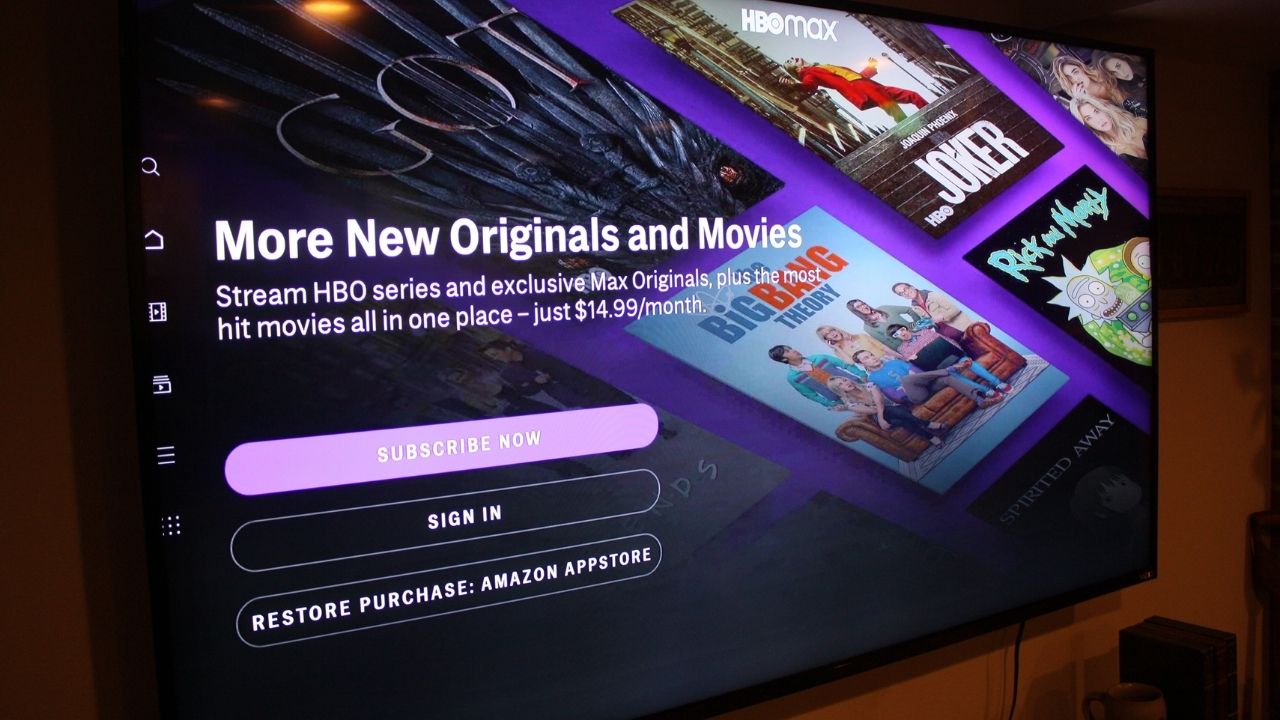



![[Open Thread] Android 16 is just weeks away, but has it met your early expectations?](https://www.androidauthority.com/wp-content/uploads/2025/03/android-16-logo-outside-hero-1-scaled.jpeg)



















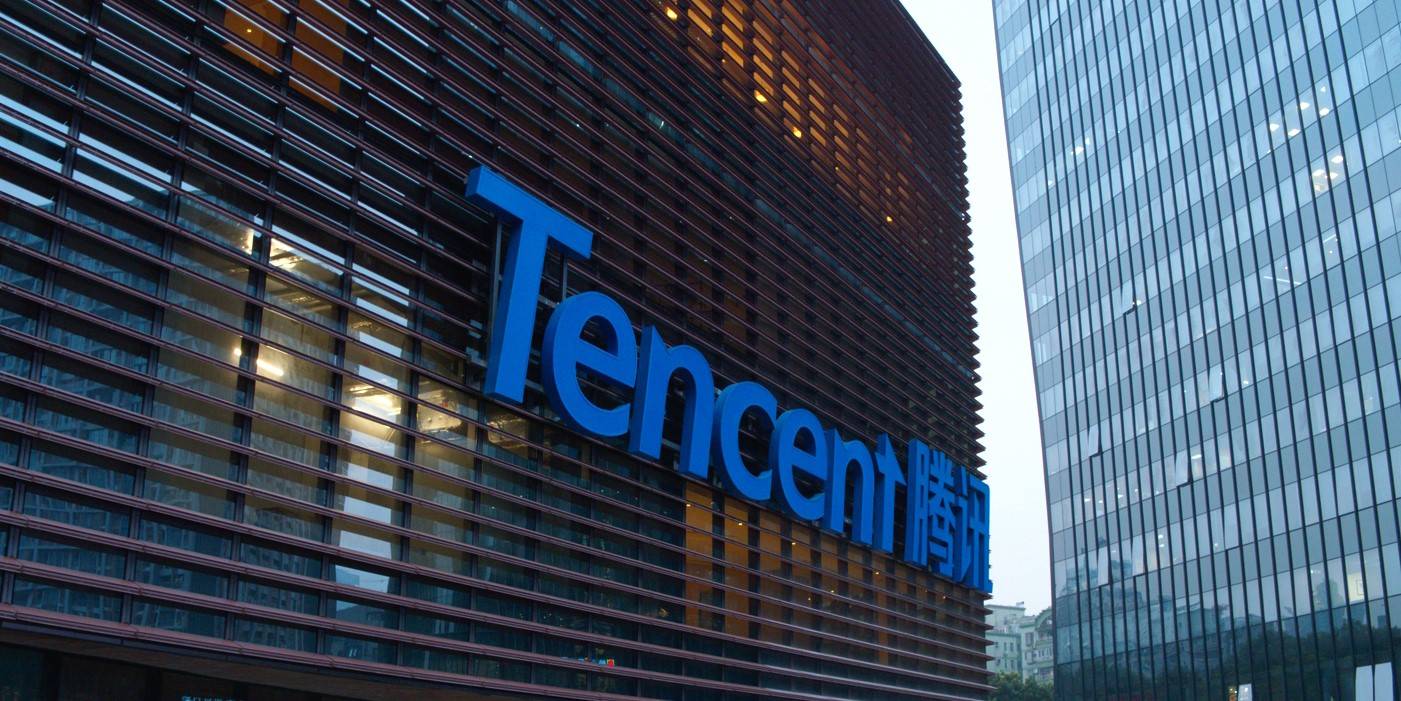


![Vision Pro May Soon Let You Scroll With Your Eyes [Report]](https://www.iclarified.com/images/news/97324/97324/97324-640.jpg)
![Apple's 20th Anniversary iPhone May Feature Bezel-Free Display, AI Memory, Silicon Anode Battery [Report]](https://www.iclarified.com/images/news/97323/97323/97323-640.jpg)




















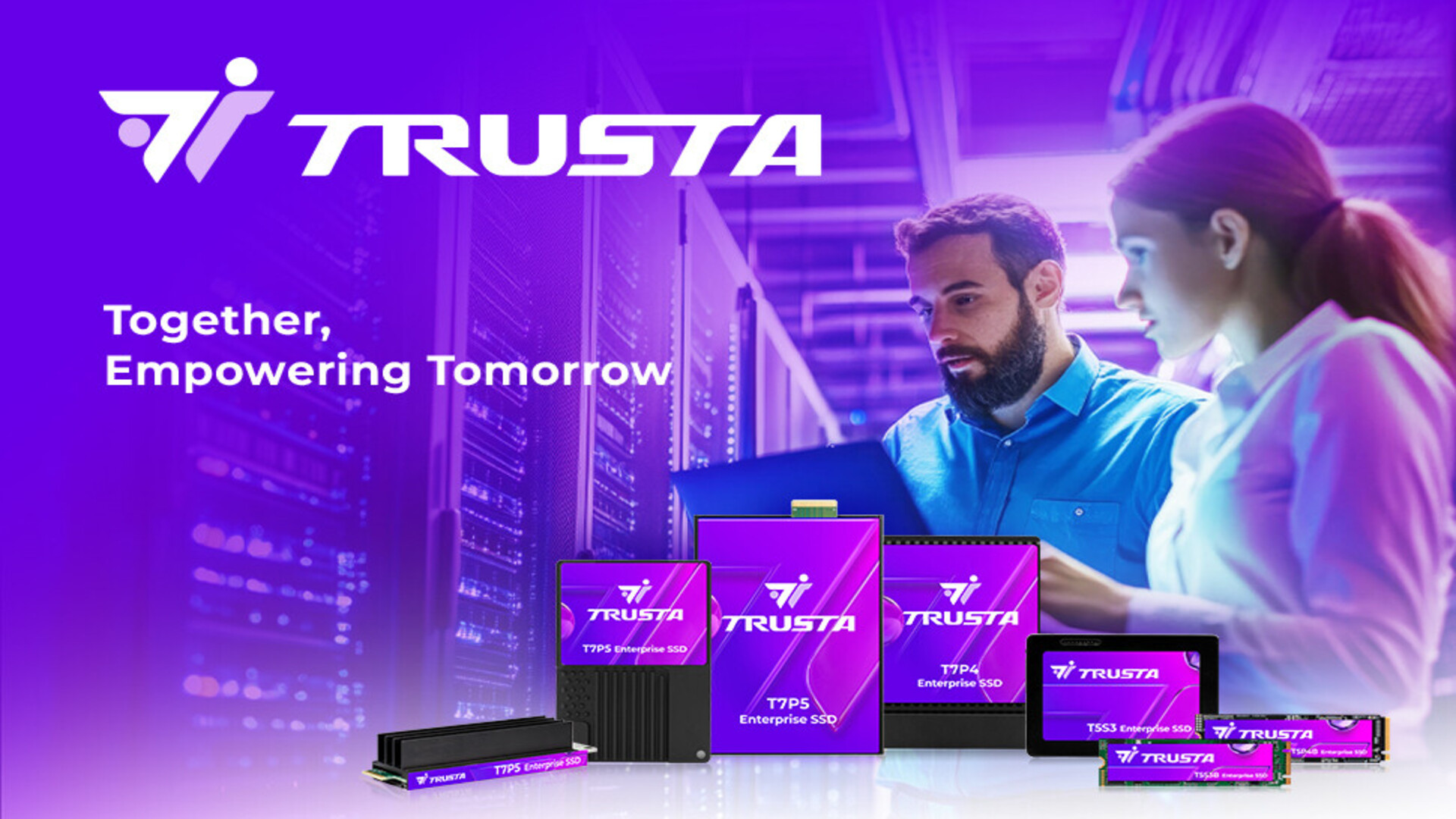
















































































![Proxmox Üzerinde NVIDIA GPU Passthrough Yapılandırması [Homelab]](https://media2.dev.to/dynamic/image/width=800%2Cheight=%2Cfit=scale-down%2Cgravity=auto%2Cformat=auto/https%3A%2F%2Fdev-to-uploads.s3.amazonaws.com%2Fuploads%2Farticles%2Fwjs21gdlp50h35o8eup2.png)

